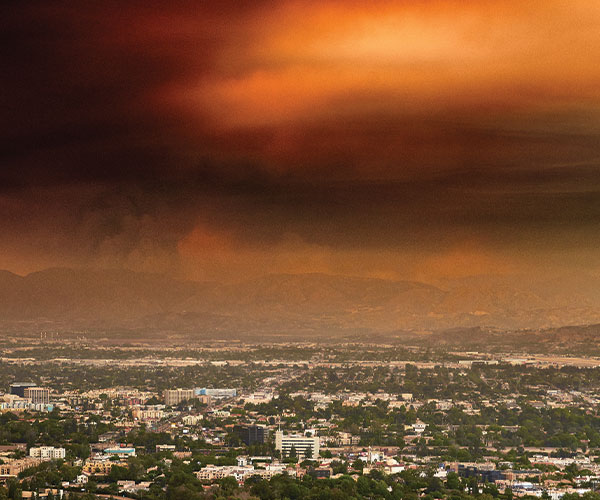PRB Discuss Online: Population and Climate Change, What Is the Link?
(2009) Climate change may adversely affect the population in many parts of the globe, in particular in developing countries where there is still substantial population growth.
(2009) Climate change may adversely affect the population in many parts of the globe, in particular in developing countries where there is still substantial population growth.
(2010) The cities and towns of developing countries are projected to absorb at least 2.5 billion additional people by 2050. At the same time, these areas will experience global climate change likely to bring floods, droughts, food insecurity, and loss of livelihoods.
In February 2007, the Intergovernmental Panel on Climate Change (IPCC), a panel of international experts assessing the current scientific knowledge on climate asserted that warming of the earth's climate system is "unequivocal."1
Water and sanitation play a crucial role in the transmission of diarrheal disease. These environmental factors contribute to approximately 94 percent of the 4 billion cases of diarrhea that the World Health Organization (WHO) estimates to occur globally each year.
(2010) Climate change poses one of the greatest challenges for health and development in the 21st century.
As people around the world celebrate the remarkable Paris Agreement to address climate change, there’s a genuine opportunity for countries to act on their financial pledges to help the world adapt to climate change—especially people in developing countries who are most vulnerable.

Project: Center for Public Information on Population Research (CPIPR)
Environmental forces like wildfire, extreme heat, and pollution can have profound effects on our health, jobs, and decisions on where to live.
This article is a summary of a longer article by Monica Das Gupta, "Population, Poverty, and Climate Change," World Bank Research Observer 29, no. 1 (2014): 83-108. All citations are included there.